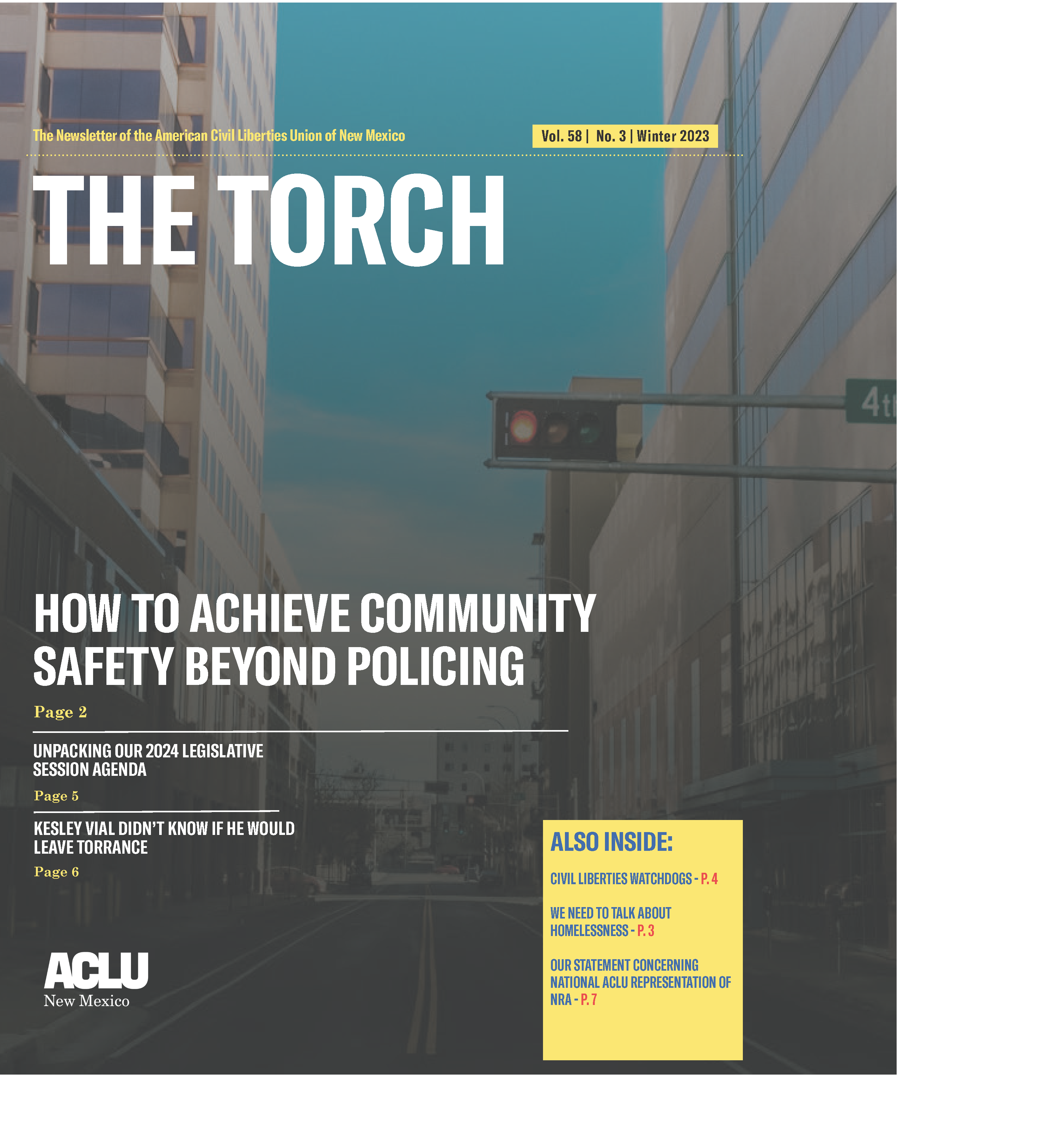Skip to main content
Date
Thursday, January 11, 2024 - 2:15pm
Menu parent dynamic listing
Show PDF in viewer on page
Style
Standard with sidebar
Tweet Text
[node:title]
Share image
Date
Wednesday, January 10, 2024 - 12:00pm
Menu parent dynamic listing
Show PDF in viewer on page
Style
Standard with sidebar
Tweet Text
[node:title]
In this Issue
- How to Achieve Community Safety Beyond Policing - p. 2
- We Need to Talk About Homelessness - p. 3
- Unpacking Our 2024 Legislative Session Agenda - p. 5
- Kesley Vial Didn't Know If He Would Leave Torrance - p. 6
Date
Monday, January 8, 2024 - 5:30pm
Featured image
Show featured image
Hide banner image
Documents
Show related content
Tweet Text
[node:title]
Type
Menu parent dynamic listing
Show PDF in viewer on page
Style
Standard with sidebar
Show list numbers
Pages

